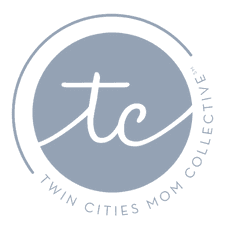We all need a guide, but often that comes in the form of a book. These three could be your emotional guides and these reviews may help you decide which to buy first.
Living with two kids, it can often feel like I’m on an emotional roller coaster. One minute they’re thrilled by the smallest joys of life. The next my toddler is crying because she’s scared of the garbage truck and my seven year old is mad that his friends get to stay up later than him. Over the years, I’ve learned how to validate my kids’ emotions by listening and doing my best to let them feel whatever they need to feel.
When it comes to my own emotions, I find it harder to give myself permission to accept the full spectrum of my feelings. As the mom, I fall into the trap of assuming that my feelings should be rational or at the very least clearly defined. I am the adult after all.
At the beginning of this year, I found myself searching for equilibrium as our family endured the second wave of the pandemic and the isolation that came with it. The post-holiday blues had set in, but deep down I knew that this was more than the standard blahs. I’d been feeling unsettled on and off for six months or so. I realized that it was time to stop pushing these feelings aside, but I wasn’t sure how to adequately deal with my discontentment.
There’s a well-known saying that proclaims “When the student is ready, the teacher appears.” Once I decided to explore how to dig deeper into my feelings, books on this topic found their way to me. One book became available after sitting on my library hold list for months. Another was discussed in depth on the podcast Terrible, thanks for asking, and the third I heard about in a radio interview with the author. These three books became my emotional guides:
- Untamed by Glennon Doyle
- Emotional Agility by Susan David
- Wintering: The Power of Rest and Retreat in Difficult Times by Katherine May

Each book offered a unique perspective on emotions and the role they play in our lives. Together they formed invaluable guides that helped me give myself permission to feel all the feels. Each book had nuggets of wisdom that struck me and made me pause, and I’m happy to share the cliff notes version of each.
Untamed – Be comfortable with the uncomfortable
In Untamed, Glennon Doyle shares her journey to find contentment as she unexpectedly finds in love with a woman, navigates divorce and builds a new blended family. What struck me as I read Glennon’s reflections on this period of her life was her openness to the messiness of it all. She leaned into the discomfort of this phase knowing that working through it was an important part of her story. She writes:
“Pain is not tragic. Pain is magic. Suffering is tragic. Suffering is what happens when we avoid pain and consequently miss our becoming. This is what I can and must avoid: Missing my own evolution because I am too afraid to surrender to the process.”
What beautiful words to remind us of the power of hard things. When tough times come, it’s tempting to want to wish them away or to simply wait them out until they pass. But true growth comes when we’re willing to settle into our challenges, stare them straight in the eye and see them for what they are – an opportunity to help us build stronger versions of ourselves.
Emotional Agility: Show up to your feelings
Susan David defines emotional agility as “showing up to our emotions and compassionately looking at them with curiosity and acceptance – without failures or regrets.” So often I fall into the trap of labeling emotions as good or bad. Contentment, love, excitement. They’re the good feelings to be embraced. Sadness, anger and resentment are bad emotions to be endured while I wait for the good emotions to return.
Emotional agility teaches us to not view feelings as good or bad but just as a state of being. Rather than trying to “fix” our emotions, we only need to breathe them in and accept them for what they are. Emotions let us know what things mean to us, instantly. When we sit with our emotions and observe them without judgment, we can see more clearly what they’re trying to tell us.
I’m often guilty of pushing my feelings aside until they pass, but digging into my emotions has shown me that feelings aren’t always as they seem. I’ve seen that my loneliness is sometimes masked as anger and that insecurity can be buried underneath disappointment. The key to emotional agility is self-compassion. It’s about accepting where we’re at any given moment and simply noticing the uncomfortable thoughts and feelings rather than getting tangled up in them. This insight helps us to get unstuck so that we can bring our whole selves to the world.
Wintering – It’s ok not to be ok
In wintering, Katherine May talks about the periods of our lives where we feel disconnected and sidelined from the rest of the world. Wintering can occur during a divorce, sickness, loss of a loved one or simply a difficult time when you feel like no one else quite understands you. Throughout the pandemic, I think we’ve all had our own periods of wintering. I know that for me there have been many times when it felt like everyone else was fairing just fine while I struggled to find my equilibrium.
As she tells her wintering story, Katherine May shares this profound truth:
“But if happiness is a skill, then sadness is too. We are taught to ignore sadness, to stuff it down into our satchels and pretend it isn’t there. As adults, we often have to learn the clarity of its call. That is wintering. It is the active acceptance of sadness. It is the practice of allowing ourselves to feel it as a need. It is the courage to stare down the worst parts of our experience and to commit to healing them the best we can.”
While few of us would willingly sign up for the tough times, they serve an important purpose in our lives. Challenges stretch us, teach us resiliency and expose an untapped reservoir of strength we didn’t know existed. Just as importantly, they also show us the amazing power of our villages, reminding us that life isn’t meant to be lived alone. Instead, we’re meant to honestly share our struggles so that we can take turns holding each other up.
Learning to sit with my emotions
I wish I could say that after reading these books I suddenly mastered the art of embracing the full spectrum of my emotions. But in reality it’s been more of a process of learning to pause and reflect. I’m discovering how to dig beneath the surface of my feelings and accept what each has to teach me. But most of all, I’m learning how to show grace to myself and others. Because at the end of the day, we all just want to know that it’s ok to feel whatever it is we’re feeling.



